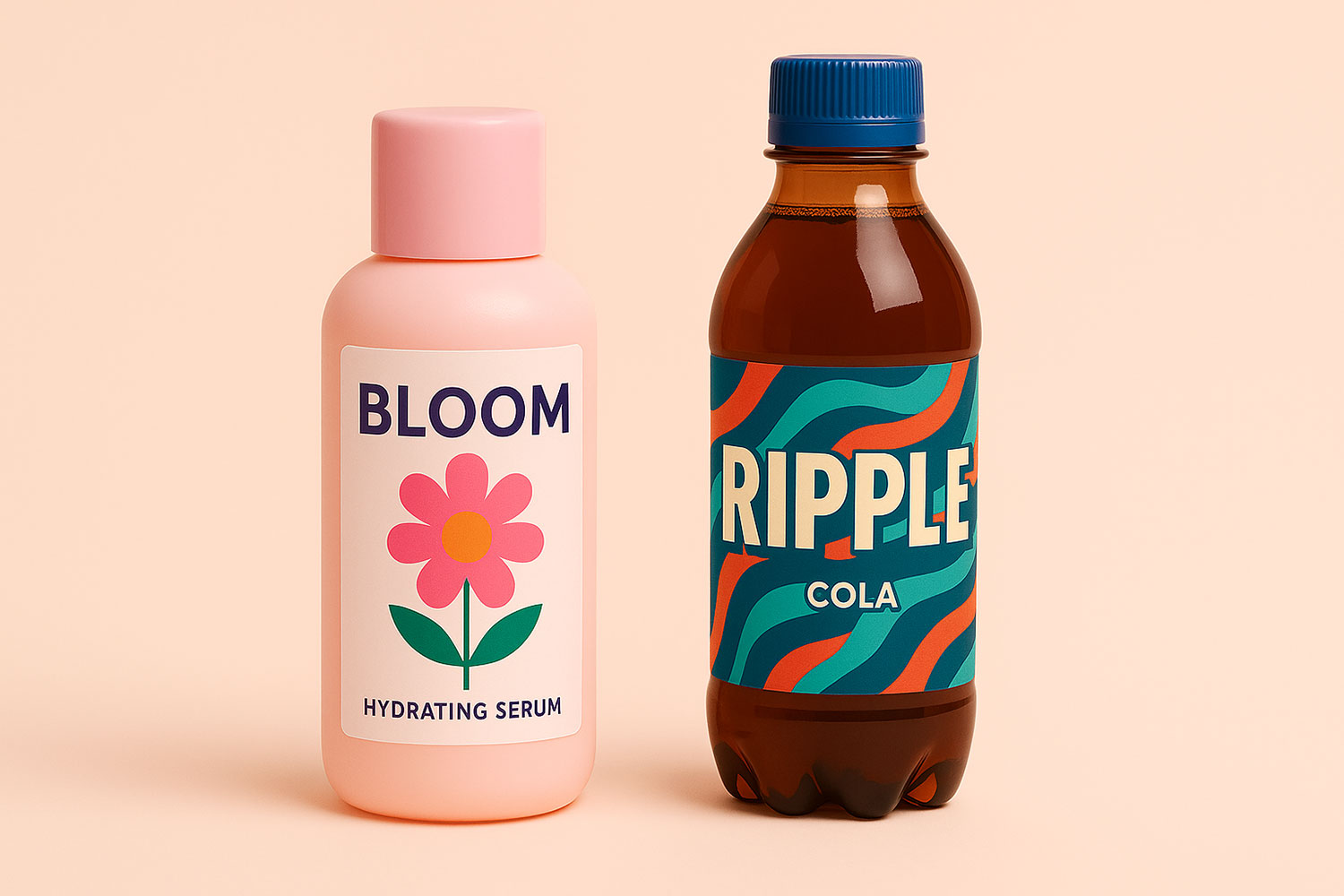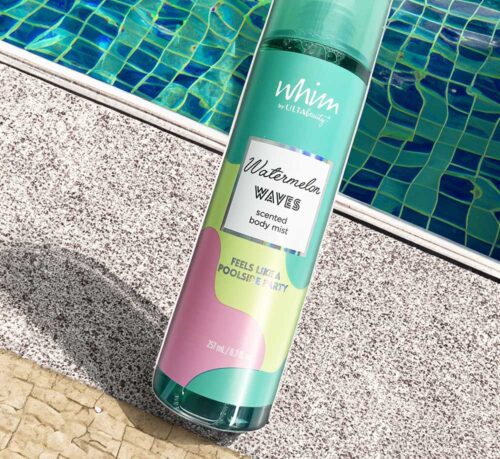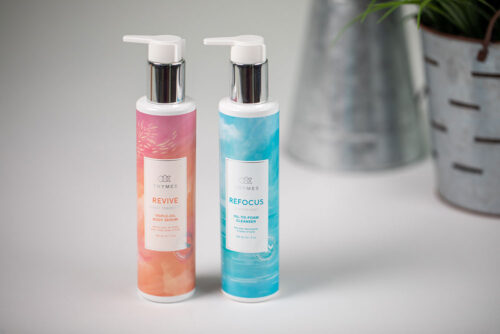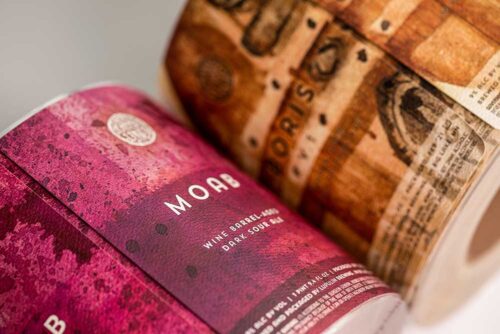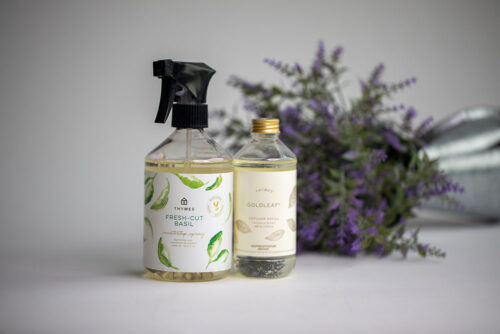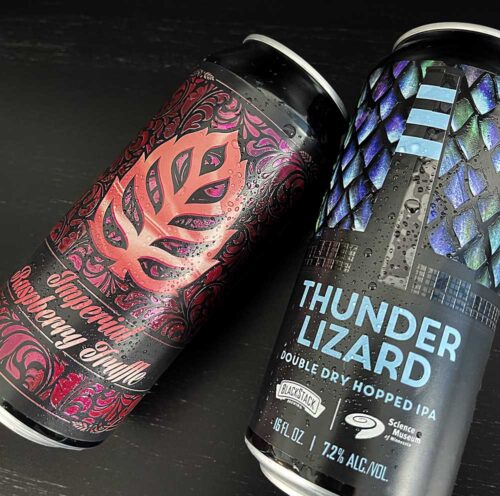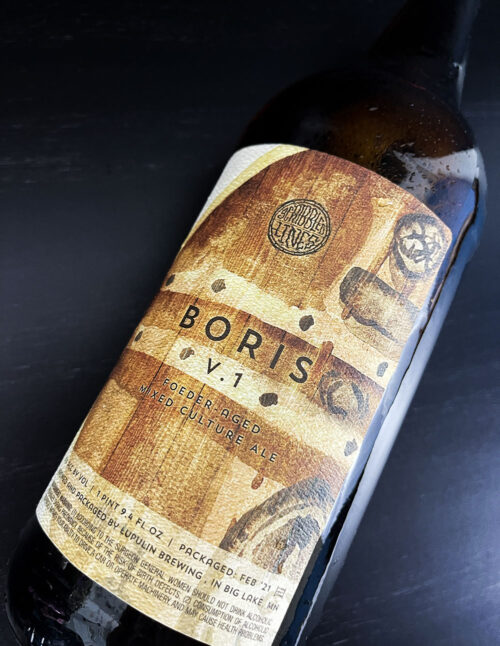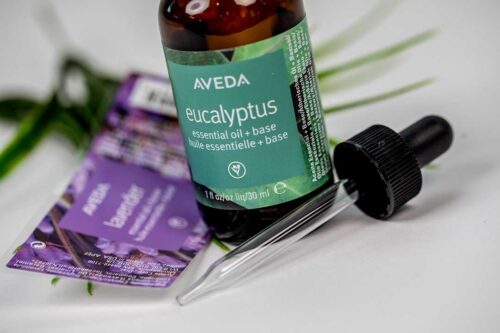The Elements of Effective Label Design: Tips and Trends
Product labels play a significant role in marketing and selling various products. Labels are consumers’ primary sources of helpful information, making it essential to craft their designs carefully. Custom printed labels can help a brand stand out in a crowded market, elevating its visibility and creating a lasting impression on consumers. According to a study, 59% of U.S. consumers read packaged food labels before buying them for the first time.
The significance of product labels drives companies to consider the factors that make them effective. If you want to learn more about packaging labels, this article will discuss the trends and how to create them effectively through various product label design tips.
Understanding the Importance of Product Labels
Product labels are more than just a decorative element on the packaging; they are a crucial part of a product’s identity and can significantly influence a customer’s decision to purchase. A well-designed label can effectively communicate the value and benefits of a product, making it more appealing to potential buyers. On the other hand, a poorly designed label can deter customers, leading them to choose a competitor’s product instead.
Pressure sensitive labels serve as the first point of contact between the product and the consumer. They provide essential information, create a visual appeal, and help in building brand recognition. In a crowded marketplace, a standout label can be the key to catching a shopper’s eye and driving a purchase. That’s why it’s essential for any business to invest in custom labels that reflect the quality and character of their product.
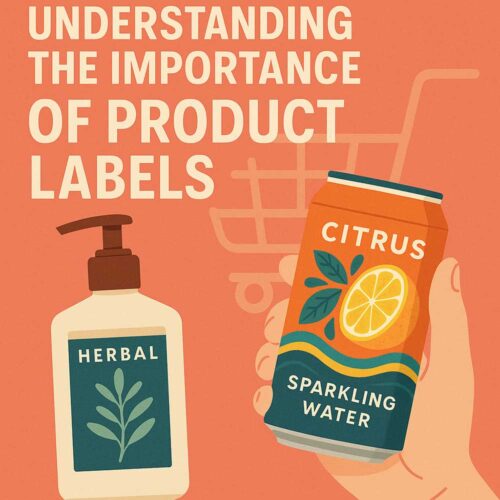
Important Custom Label Design Tips to Keep in Mind
The product label market remains competitive, with businesses looking to create labels that stand out. Consider the following tips in your product label production to gain an advantage over your competitors.
1. Prioritize readability
A product label contains essential information customers should know about their purchase, such as product name, quantity, brand logo, and company. Thus, labels must be readable. Utilizing effective font pairing can enhance readability and visual appeal, ensuring that the text is legible enough for consumers to read from a distance, even on your on-pack coupons.
2. Pick a typography pairing
Since product labels have limited space to incorporate content, designers create visual contrast by typographic pairing. Choosing the right typographic pairing for your product label design can elevate its overall aesthetic impact. Selecting unique fonts can significantly enhance the visual appeal of the label, helping consumers easily identify specific parts of a label.
3. Incorporate visual elements
Product packaging may seem bare without visual elements, making images or illustrations crucial in a label. Using your own images can make the label more personalized and appealing, allowing you to upload unique visuals that resonate with your brand’s identity. The visual component of your packaging helps when you want to speak more about your product without overwhelming your target market with information.
The illustration or image must also fit the nature of the product to convey its message and tone accordingly.
4. Design for white space
White space impacts label legibility, but if misused, it can negatively affect the design. Utilizing custom dimensions can help in effectively managing white space, allowing for a balanced and visually appealing layout. Label designers often leave room for white space as it creates a visual distinction between different information to help the consumer read the details more easily.
Make sure to allocate ample space between each design element in your product label so customers can focus on one aspect at a time.
5. Choose the right combination of fonts
Font selection for product labels is vital. Choosing the right template can help in selecting the appropriate fonts, adding dimension to the overall aesthetic of the design, and getting consumers’ attention to encourage them to purchase.
During the design process, it’s best to experiment with different combinations to identify which fonts fit and represent a particular product. Other things to consider are font thickness and style.
6. Ensure print quality
The custom packaging design process does not end once you’ve incorporated all the elements to make your label stand out. Next comes ensuring that the printed quality is on par with your product design. Enhancing the product’s overall presence increases the chances of making an excellent first impression with customers.
To accomplish this, do extensive research and partner with the right label supplier to identify what techniques, materials, and technology they use in their label creation.
Essential Label Information
When creating a pressure sensitive label, it’s vital to include certain essential pieces of information to ensure that consumers have all the details they need to make an informed purchase. At the forefront is the product name, which should be prominently displayed to immediately inform the customer of what they are buying. Alongside this, the company logo should be visible to reinforce brand identity and trust.
Additionally, the label must include relevant product details such as ingredients, instructions for use, and any necessary warnings. This information not only helps consumers understand what they are purchasing but also ensures compliance with regulatory standards. Including barcodes or serial numbers is also crucial for inventory management and sales tracking. By incorporating these elements, you can create custom labels that are both informative and compliant with industry regulations.
Branding and Consistency
Consistency is a cornerstone of effective branding, and this principle extends to product labels. A consistent brand image across all labels helps to build trust and recognition with customers, making it easier for them to identify your products on the shelves. Inconsistent branding, on the other hand, can confuse and alienate customers, potentially driving them to competitors.
To ensure that your pressure sensitive labels align with your overall brand image, it’s important to maintain uniformity in design elements such as colors, fonts, and logos. This consistency should be reflected not only in the visual aspects but also in the tone and messaging of the labels. By doing so, you create a cohesive brand experience that reinforces your brand’s identity and values, helping your products stand out in a competitive market.
Common Label Design Mistakes
Designing an effective label involves avoiding several common pitfalls that can undermine its impact. One frequent mistake is using too much text, which can overwhelm and confuse consumers. Instead, focus on clear and concise messaging that highlights the most important information.
Choosing the wrong font or color scheme is another common error. The font should be legible and appropriate for the product, while the color scheme should align with your brand’s identity and appeal to your target audience. Additionally, failing to include essential information such as product details, company logos, and regulatory information can lead to compliance issues and reduce consumer trust.
By being aware of these common mistakes and taking steps to avoid them, you can create custom labels that are both visually appealing and effective in communicating your product’s value to consumers.
Product Label Design Trends to Try for Your Brand
The industry of product label design is ever-evolving, making it essential to know about the latest trends in the field. Here are some label design trends you can incorporate into your strategies.
1. Eccentric lettering
Today, eccentric lettering is considered an art form, turning text into a visual focal point. It’s a popular label design trend that emphasizes bold, expressive typography and often requires simplifying other elements to let the lettering shine.
This style encourages experimentation and challenges traditional design rules by prioritizing emotion and personality over strict readability. Hand-drawn letterforms can evoke a sense of authenticity and creativity, making them especially effective for artisanal or premium products.
Hiring a hand-lettering designer ensures your typography feels intentional and brand-aligned. These artists bring expertise in balancing visual impact with brand storytelling, helping your label stand out and feel one-of-a-kind.
In short, custom lettering adds character, communicates craftsmanship, and creates a memorable impression—all essential in today’s competitive packaging landscape.
2. Textured labels
Textured labels are a growing trend in packaging, offering a tactile experience that sets your product apart on the shelf. The unique feel of a textured surface instantly communicates quality and craftsmanship, giving consumers the impression of a premium, handcrafted product before they even make a purchase.
Textures can range from soft-touch finishes and raised patterns to embossed details and linen-like materials—all of which add depth and dimension to your packaging. These subtle but powerful details elevate the sensory appeal of your brand and enhance the unboxing experience.
Many brands are now turning to hybrid flexo printing to achieve textured label effects with precision and consistency. This advanced technology combines traditional flexographic printing with digital enhancements, allowing brands to produce crisp visuals and add tactile elements—all in a single, streamlined print run.
With hybrid flexo, you can apply specialty coatings, soft-touch varnishes, and raised textures, and even incorporate embellishments like metallic accents or embossing-style finishes. This makes it an ideal solution for brands looking to create premium, high-impact labels that stand out both visually and to the touch.
3. Retro aesthetic
A retro packaging design sparks nostalgia for those who lived through a particular era. This aesthetic trend is so popular that companies sporadically bring back vintage label designs by utilizing existing designs to capitalize on the connection some customers may have with it.
You can use vintage packaging to remind customers of fond memories and leverage the emotional attachment to grow sales.
4. Minimalism and maximalism mix
While most product label designers would select minimalist packaging over maximalist designs due to their versatility, modern designers have found a way to incorporate both in their label production.
Some makers accomplish this by having minimalist logos carried through from the outside in, revealing bold colors and maximalist visual elements. However, both designs must complement one another to avoid overshadowing aspects of the label. Graphic designers can effectively balance these minimalist and maximalist elements, ensuring that the final product aligns with the brand identity and makes a lasting impression.
5. Narrative illustrations
The use of illustrations as narratives establishes a story behind every custom label design, leading consumers to seek out stories that resonate with them. Designers often utilize this trend because it conveys a strong message and transports the consumer into the label’s story.
6. Sustainable packaging
As consumers become increasingly environmentally conscious, sustainable—or green—packaging has shifted from a trend to an expectation. Brands are responding by using labels made from renewable resources, recyclable materials, and compostable substrates. This includes everything from pressure-sensitive labels to eco-friendly folding cartons and price tags that reduce environmental impact.
Sustainable packaging not only appeals to eco-minded shoppers, but it also strengthens your brand’s reputation. It signals that your company is committed to doing good for the planet, which can influence purchasing decisions and build long-term customer loyalty. Plus, innovations like wash-off labels and responsibly sourced paper stocks make it easier than ever to combine performance with sustainability.
By incorporating sustainable design practices into your packaging, you can connect with value-driven consumers while contributing to a healthier planet.
Stand Out and Stay Ahead Through Product Label Designs
Great product label design isn’t just about looks, it makes your brand stand out and gives customers the information they need to choose you instead of a competitor. From pressure sensitive labels to custom folding cartons, the right packaging can make all the difference.
At Meyers, we help brands bring their packaging ideas to life with high-quality label and carton solutions, including embedded RFID tags for smarter tracking and inventory. Whether you’re launching something new or refreshing your look, we’ve got the tools and expertise to make it happen.
Have questions or want to get started? Contact us today.

